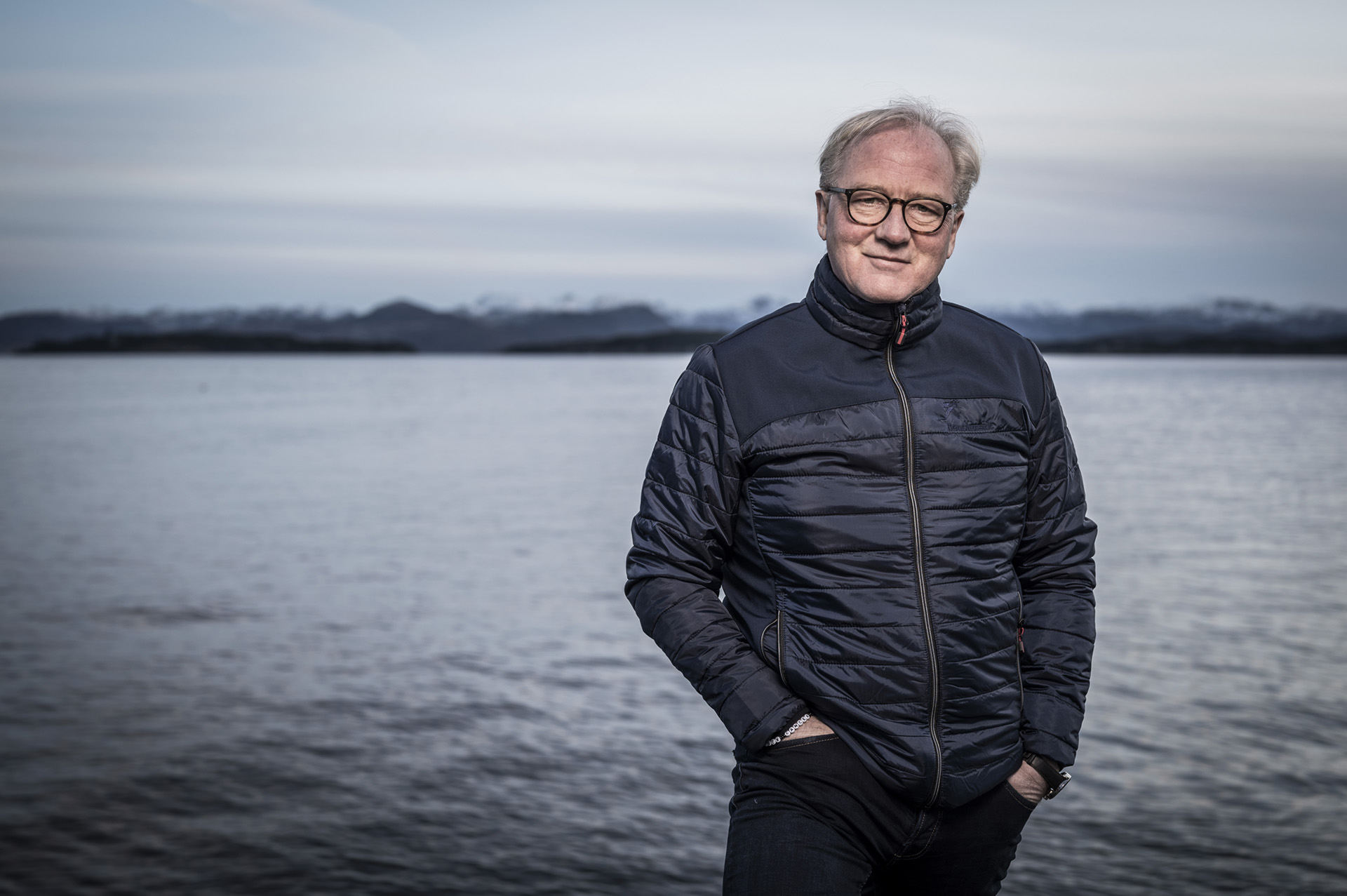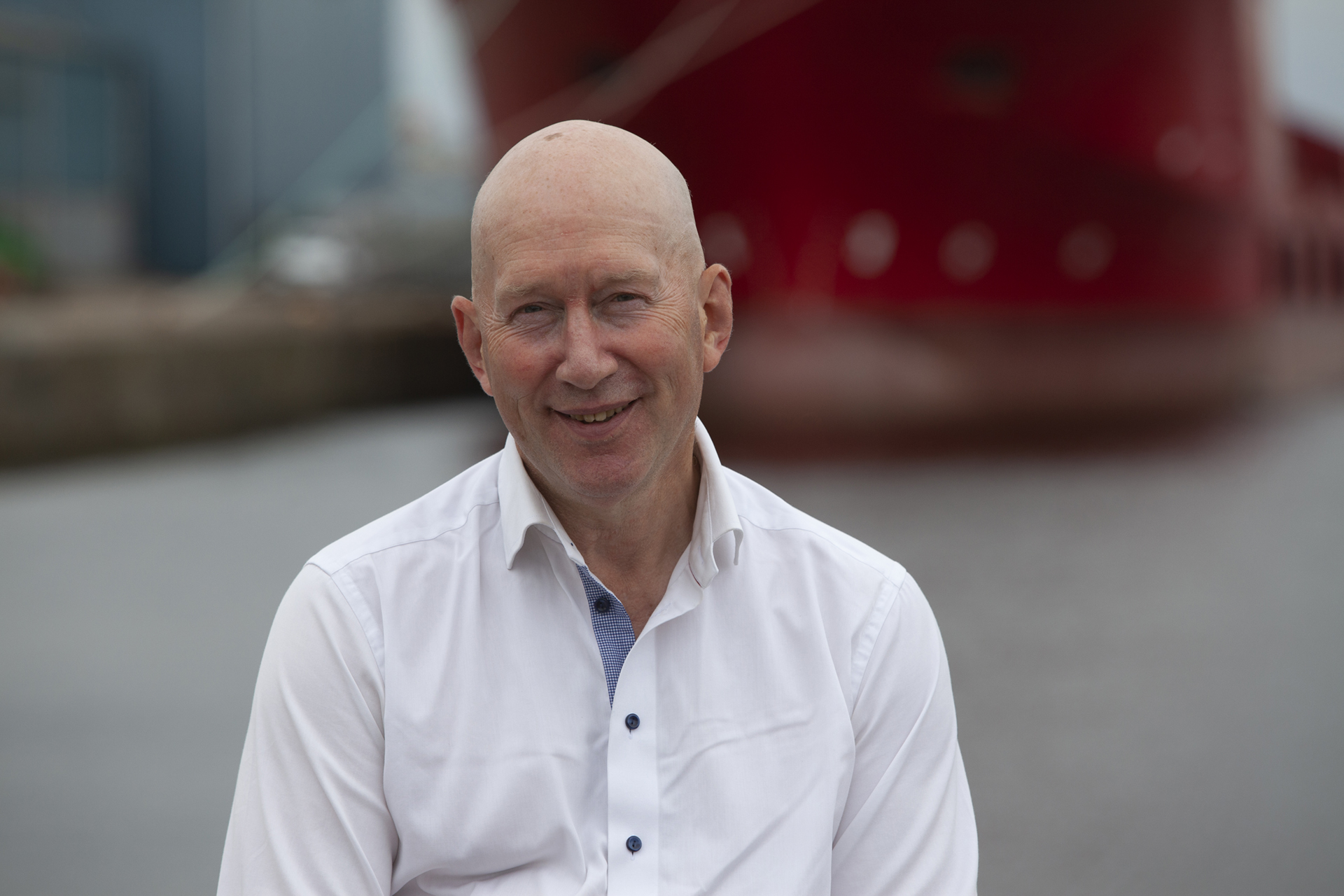Benchmark’s CleanTreat system arrives in Norway
Aquaculture biotech company Benchmark has welcomed the arrival of the first CleanTreat vessel in Norwegian waters, ahead of its first commercial deployment.
The CleanTreat water purification system is heralded by Benchmark as a potential game-changer in the struggle to control sea lice. It removes the chemicals used to treat lice in a closed system on board before the water is returned to the marine environment, as well as organic matter such as dead lice and egg strings, and is intended to operate alongside Benchmark’s controversial Ectosan lice treatment, which was censured earlier this summer in a vote in the European Parliament.
CleanTreat and Ectosan (also known as BMK08, or generically as imidacloprid) have been cleared for commercial use in Norway after more than a decade of research and trials. The new vessel has a full maritime crew as well as eight Benchmark technicians and chemists.
Trond Williksen, CEO of Benchmark, said: “I am pleased to welcome the first CleanTreat vessel in Norway. As an innovative aquaculture biotechnology company, we are truly excited to bring this much-needed solution to the vital salmon industry in Norway. It will drive sustainability and increased yields through improved animal welfare, while also protecting the environment. I want to thank my teams who have been working tirelessly to bring this innovative and essential product to market.”
Neil Robertson, Head of Operations, Benchmark Animal Health, said: “Today marks a major milestone in Benchmark’s journey to support a more sustainable aquaculture industry and create a future where no chemicals are applied directly to the sea. I am proud to finally see the CleanTreat® system now ready for commercial use, following over a decade of research, development and trials. We look forward to working with our customers and partners in the deployment of this innovative new solution in Norway in the coming weeks”.
Last month, the Maximum Residue Limit (MRL) for Ectosan Vet was adopted into the Agreement of the European Economic Area (the EEA Agreement), and subsequently entered into Norwegian legislation. The MRL was previously agreed by the European Commission, but it remains to be seen whether the Commission will listen to the Parliament and withdraw its authorisation.
- Trond Williksen, CEO Benchmark
- Neil Robertson



